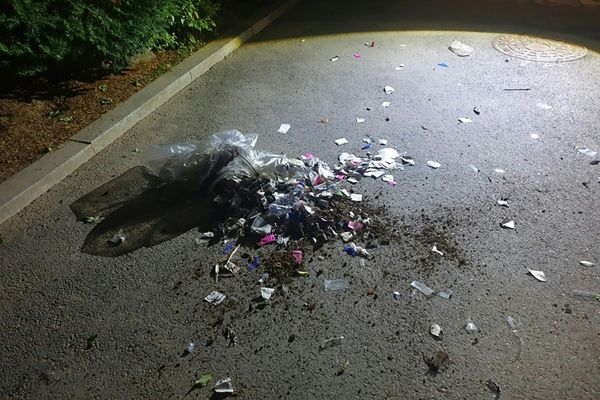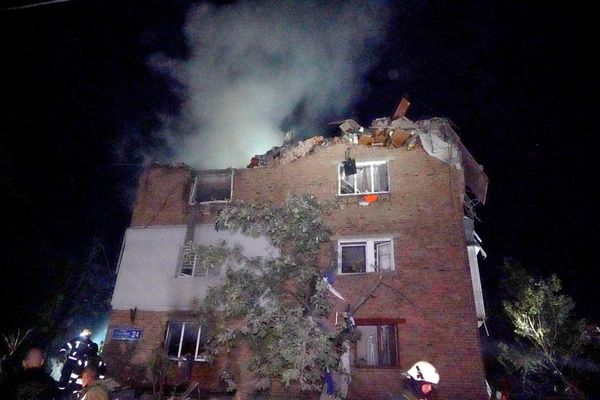
Irrigators and environmental groups have raised concerns about a proposal for a massive almond farm in South Australia which could draw up to 30 gigalitres of water from the Murray-Darling Basin each year.
It comes as the UN’s weather agency declared the world is in an El Niño, bringing soaring temperatures and a higher likelihood of drought.
The planned almond farm is being built by Koompartu Farms on a property formerly known as Monash station, in Monash in the South Australian riverlands, roughly north-east of Adelaide and 40km from the Victorian border.
Koompartu Farms last year advertised for a corporate farm manager for what it described as “one of the largest horticultural properties in South Australia”.
Trees are yet to be planted but it is expected to be almost 2,500 hectares of almonds.
Koompartu Farms bought 90% of Monash station from John Gallard of the Gallard Group, which runs agricultural machinery in the riverland.
Simon Jongebloed, of US-owned Renewable Resources Group Australia, describes Koompartu Farms as a “foreign-owned Australia proprietary limited company”.
He says 2,500ha has been previously farmed and an additional 5,885ha is native vegetation that adjoins the Cooltong conservation park and borders a privately held conservation property, providing “potential conservation” and not planned for farming.
Almonds are a particularly thirsty crop, requiring up to 15 megalitres per hectare a year and local reporting suggests the almond farm could use up to 30GL of water a year.
Jongebloed says he cannot give total water use yet, but the farm planned to use “advanced efficiency irrigation” that he hoped would reduce water use by up to 25% to 30% below almond industry benchmarks. Water would have to be bought from existing irrigation allocations.
In spite of the forecasts, he says the company planned to source all the water from below the Barmah choke.
“We are all working with the same amount of water in the system between willing buyers and sellers in any given year. While there are no certainties, we are confident that water will be available in the market to irrigate our farm,” he says.
‘There’s not enough water to go around’
Almond farms have multiplied along the Murray River on the back of almond exports growing by 213% in the past decade. Australia is now the second largest almond exporter in the world after the US.

The chair of the National Irrigators Council, Jeremy Morton, says there was already a supply risk from the Murray-Darling in dry years, particularly for permanent plantations that need to be watered year-on-year as opposed to annual crops.
“If we’re going to repeat a millennium drought, there’s not enough water to go around,” he says.
“Because it’s permanent plantings, you’ve got no wriggle room when allocations get a bit short. They used to be able to get water from areas in Victoria and New South Wales that were more annual, but that’s pretty much been exhausted.”
Koompartu Farms’ block is 20km west of the Renmark Irrigation Trust, which delivers the water and infrastructure for 600 irrigators. The trust’s CEO, Rosalie Auricht, says the amount of water required for the proposed farm would be almost as much as was used by the trust’s 600 irrigators combined.
“Irrespective of where it comes from, they’ll be taking around 30GL out of the consumptive pool,” she says. “So that’s 30GL that’s not going to be on someone’s current farm.”
A 2022 report by water analysts Aither says there was already not be enough water supply to meet the demands of perennial plantings in the next dry period.
“For me, it’s not about the crops,” Auricht says. “People can grow what they like, but where is the water coming from? And what impact is that having on longstanding irrigation communities?”
Irrigators in the Renmark area have handed back 23% of the water on irrigation licences to support environmental flows, and have replaced open channels with pipes to reduce wastage, Auricht says.
However, the Almond Board of Australia CEO, Tim Jackson, says the development would not require any new water as it would come out of the water allocated for irrigation.
But the board, which represents 98% of Australian almond growers, has previously sounded the warning about the amount of water available below the Barmah choke on the Murray River, which is a natural constraint in the river system.
“It’s common knowledge within the lower Murray … that if we go into dry times, there’s not going to be enough water to be able to be delivered through the choke at Barmah to adequately irrigate everything,” Jackson says.
“The bucket of water is still the same size. But if you can make upward of $18,000 a hectare on almonds and you can only make less than half that on growing something else, then change is inevitable. Growers just move into crops where they can actually generate a successful business.”
‘A lose-lose situation’
The proposed almond farm lies partly within the Berri Barmera council area but most of the block lies on land without any council jurisdiction.

The Berri Barmera mayor, Ella Winnall, says a development of this size “shows a level of confidence in the growth of our region” and has gone through a thorough planning approval processes, including at the state government level.
The Environment Victoria CEO, Jono La Nauze, says the “massive” developments could cause perverse outcomes for rivers and communities upstream.
“Once these trees mature they will need enormous volumes of water in summer and without a change to trade and operating rules, that water will be pushed downstream at the wrong time of year, eroding riverbanks and destroying fish habitat,” he says.
“Unseasonal high summer flows cause significant damage to riverbanks, which slump and collapse. They displace young platypus from their burrows and eliminate the slow, slack water habitat young Murray cod need to survive.
“Irrigators in upstream valleys like the Goulburn also bear the cost in higher water prices. Basically it’s a lose-lose situation for nearly everyone on the river except the big corporate players with the deepest pockets.”







